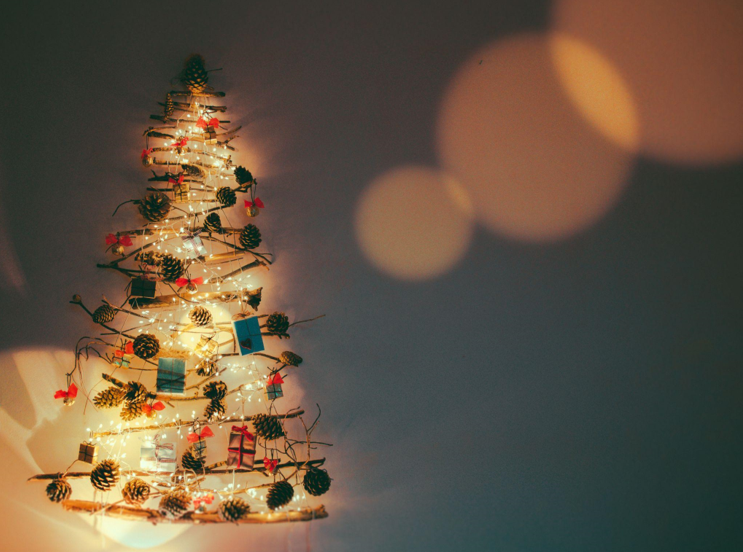
The Rise of Artificial Christmas Trees and Their Environmental Impact
Artificial Christmas trees have become an essential part of modern festive décor. A vast range of styles is available today, from towering pines to miniature tabletop ones. But did you know these fake trees have existed since the early 20th century?
The first artificial Christmas tree was invented in the 1930s by the Addis Brush Company. Made of brush bristles, these trees were more affordable and long-lasting than their natural counterparts. However, in the 1950s, when cell phones revolutionized communication, the production and popularity of artificial Christmas trees truly skyrocketed.
With the mass production of plastics and synthetic fibers becoming more affordable, manufacturers began to replace the brush bristles with materials like PVC. It was only a matter of time before these modern materials were used to create more advanced and realistic-looking trees. The growth of online shopping in the late 20th century also increased the demand for these trees, making them more accessible worldwide.
Today, artificial Christmas trees are made with advanced technology that blends materials and techniques to create incredibly lifelike designs. Some even come pre-lit with LED lights that would make even the brightest cellphone screen look dull.
However, with advanced technology comes a challenge. While these trees don’t require any maintenance and can be reused year after year, they are less environmentally friendly than natural trees. They are often made with petroleum-based products and are not biodegradable, meaning they can take hundreds of years to decompose in landfills. This is cause for concern, especially as we become more conscious of our environmental impact.
A Greener Future for Artificial Christmas Trees?
While the environmental impact of artificial Christmas trees is a challenge, it’s not all bad news. Some manufacturers are seeking to address this concern and develop more sustainable options.
One example is the use of recycled materials in creating artificial trees. Some manufacturers use recycled PVC or plastic bottles to make their trees. These materials don’t need to be newly produced, so they reduce the carbon footprint of their production.
Another solution is tree rental services. This idea has been around for a few years, with companies offering real Christmas trees that can be rented and returned. However, some businesses do the same with artificial trees, which can be used for several years and then returned to the manufacturer for recycling.
Other manufacturers are taking a different approach by creating alternative products. Inflatable trees, for example, are a sustainable and space-saving Christmas decoration alternative that provides a fun alternative to traditional trees. Some designers have even created eco-friendly tree designs crafted from natural materials such as wood or wool. In conclusion, artificial Christmas trees have come a long way since their inception in the early 20th century. They have undergone significant changes from brush bristles to modern plastics and synthetic fibers. However, as we become more environmentally conscious, it’s essential to consider the impact of these products. Manufacturers and consumers alike must work together to develop and adopt sustainable practices that reduce the adverse effects on our planet. Whether it’s rental services, eco-friendly designs, or recycled materials, there is hope in creating a greener future for these artificial decorations.